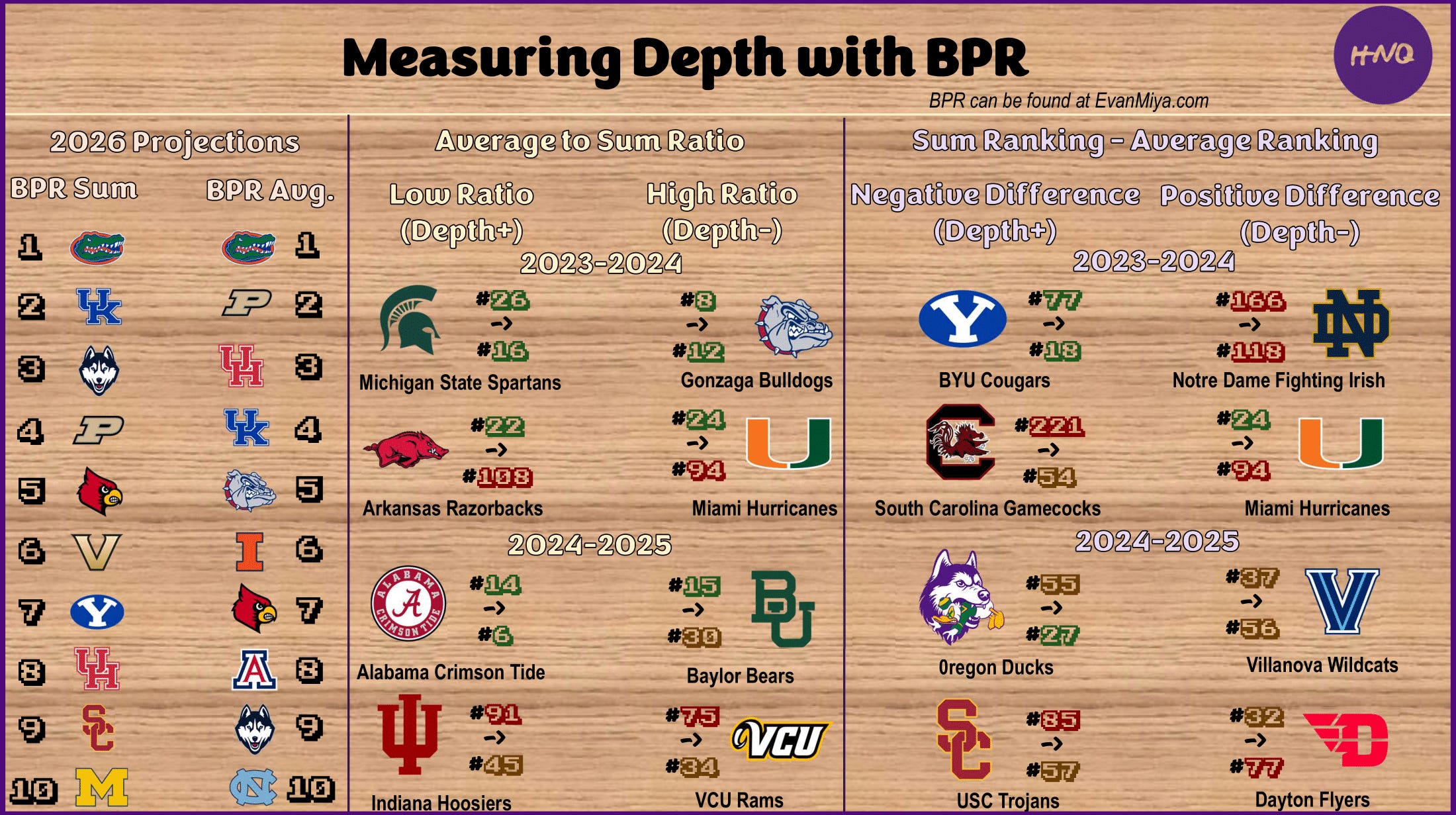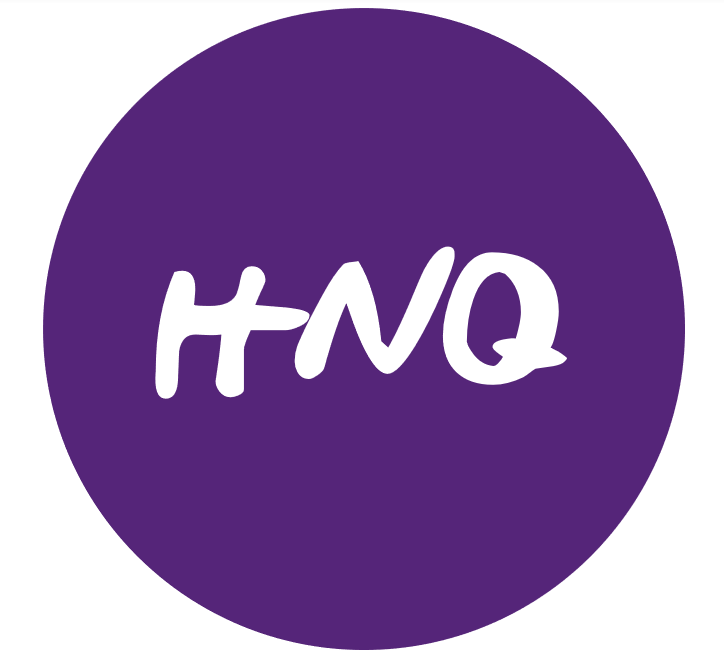Player depth was once a standard affair in college basketball, a smoothly descending gradient of minutes roughly following a player’s class in college with a few young standouts to steal more than their share of the spotlight. In the transfer portal era, that staid idyll won’t cut it. Teams have begun to treat depth differently, not as a planned hierarchy, but rather as a collection of potential starters, a series of bites at the apple, and a chance at finding the right combination out of the chaos.
Leonard Hamilton was one of the first coaches to pioneer an expanded view of the roster, often recruiting four or five funky athletes to fill overlapping roles that allowed the Noles to play a longer rotation than most teams in college basketball. Hamilton’s squads regularly featured 10 or more members playing 10 or more minutes per game, with NBA superstar Scottie Barnes even coming off the bench in 2021. Florida State’s dominant team the prior year, arguably Hamilton’s best, never got their chance to prove it, as the NCAA Tournament was cancelled while the Noles were still defending their regular season title.
In the NIL and free transfer environment, however, deep teams have begun to take a different form than Coach Ham’s waves of interchangeable faces. Cutting edge programs have begun investing broadly across an entire ten-to-twelve man roster, not in the interest of finding 12 adequate players, but in the hope of finding five winners. The transfer market has expanded from disgruntled bench pieces at peer institutions towards low and mid major stars from across the country, as well as poachable starters from peer institutions that require heavy financial cajoling. With such uncertainty around how mid major players will translate at the highest level, and such a premium placed on proven stars, keen teams have begun to spread their NIL dollars around, betting medium on many players rather than putting all of their chips in on the shiniest object.
Eric Musselman was perhaps the first to deploy this strategy during his time at Arkansas in the nascent days of free market college basketball. During back-to-back Elite Eight years in 2021 and 2022, the Muss Bus featured riders such as JD Notae (Jacksonville), Chris Lykes (Miami FL), Stanley Umude (South Dakota), Kamani Johnson (Little Rock), Jaxon Robinson (Texas A&M), Au’Diese Toney (Pittsburgh), Trey Wade (Wichita State), and Connor Vanover (California), all in that two year stretch. The players came from far and wide, big league to small league, 5’7 to 7’5. There wasn’t a preference here, just a promise: if you can play, you’ll play. By the time they faced Gonzaga and Texas Tech in the NCAA Tournament, only six could.
Coach Muss proved that combinatory transfer portal talent could win at the highest level, but his teams earned a reputation for erratic swings. While the Razorbacks consistently did well out of the gates, they became notorious for plunging into the depths of a midseason slump by the beginning of conference play. In each of those Elite Eight years, Arkansas’s moving average in Game Score, an opponent-adjusted measure of a team performance created by BartTorvik, has a sizable gully in the center of the graph. The Muss Bus was getting to the right destination, but it would take quite a few wrong turns along the way. In 2024, that finally caught up to Arkansas, as they swerved off a cliff and never recovered, finishing 108th in KenPom. Coach Muss packed things up to leave for Los Angeles, and Arkansas began thinking about trying to turn back the clock.
The Kentucky Wildcats buttered their bread for the better part of the last 15 years as John Calipari’s NBA factory, a program that latched onto rising stars and drafted off their talent for a year before releasing them to their dreams. During the early 2010s, Kentucky fans lived their own dreams, as the Wildcats dominated college basketball, finishing as the top team in KenPom twice, winning a national championship, before their magical, undefeated season in 2015 was shockingly ended by Wisconsin in the Final Four. Since that night, they haven’t been back. As Calipari’s sales pitch turned more to NBA contract dollars generated than conference championships, Lexington grew restless. College basketball was changing, and Coach Cal wasn’t. After tournament losses to Saint Peter’s and Oakland, something had to change. As the Arkansas Razorbacks charged in to lure Calipari away, Kentucky opened the gate and stepped aside.
In steps Mark Pope. The former Wildcat had posted limited success at BYU, and many Kentucky fans were skeptical that he was ready for the bright lights. What he would bring, unquestionably, was change. Gone were the top 10 freshman, replaced by winning players who fit Kentucky’s needs. Lamont Butler, the point guard who sent San Diego State to the National Championship with a buzzer beater against FAU. Ansley Almonor, the 6’6 stretch forward who somehow neutralized Zach Edey in FDU’s 16-over-1 upset. Amari Williams, a pass-first center from Drexel that nobody thought could play in the SEC. It worked. Pope and Kentucky posted a better KenPom finish than either of the previous two renditions of Calipari’s Kentucky, as previously mid-tier power conference players like Otega Oweh, Jaxson Robinson, and Andrew Carr flourished within Pope’s modern offensive system. Spreading the floor and the dollars had paid immediate dividends for Big Blue Nation.
While these sorts of teams have become more commonplace, it was actually the reverse that drove me to look into depth’s role at the top of college basketball ahead of the 2023-2024 season. The Miami Hurricanes had invested what was, at the time, record NIL money into an extremely top-heavy roster featuring three big scorers and virtually nothing else. Going into the year, Miami’s starting five combined for a top ten ranking in average BPR, a holistic measure of player performance created by EvanMiya. In sum, however, their roster totaled less BPR than 55 other squads. I had no way of knowing at the time, but Miami would become the most disappointing squad in the country, cratering from a Final Four run the #24 spot in KenPom into a 15-17 record with 10 straight losses to end the season before the dust settled on the Canes at the #96 spot.
One way to find teams at either extreme of the depth spectrum is to measure this difference between average player strength, and the sum of all players’ strength. Teams with a high ranking in the sum of their BPR, but a low ranking in the average BPR of each player are deep teams with evenly spread talent. Teams with a high ranking in average BPR but a lower position on the sum leaderboard have just a few strong players carrying a significant load.

Mark Pope hadn’t invented this strategy for Kentucky. His final BYU roster in 2024 featured players that, on average, formed about the 50th best roster in the country. There were, however, 11 of them, placing BYU 19th in total BPR before the season. That mark turned out to be a lot closer to the #18 spot where they wound up in KenPom at year’s end. Coach Muss, meanwhile, crawled out of the flaming wreck in Fayetteville and got right to work with USC, bringing in 13 new players from across the college basketball landscape. I only had room for twelve on my roster sheet, and it was just my luck that Rashaun Agee from Bowling Green turned out to be a fantastic player for the Trojans, ranking 97th percentile in BPR. In the transfer portal era, every at-bat counts.
Muss is joined in the top ten by a logo that might be unfamiliar to many, both because it’s a relatively recent rebrand and also because it belongs to Vanderbilt. Mark Byington looks to build on a promising first year with another impressive assemblage of transfer portal talent while also bringing back three players from last year’s 10 seed. Look out for Washington transfer Tyler Harris, an incredibly versatile wing who stood out on an otherwise abject team.
While most of the average leaderboard is occupied by teams with strong sums too, a few teams absent from the sum top ten stand out as potential candidates for depth problems this season. The Illinois Fighting Illini did well at the top of the lineup to import Andrej Stojakovic and Zvonimir Ivisic, the bench looks somewhat suspect unless first year European players David Mirkovic and Mihailo Petrovic can outperform projections. Things go from bad to worse, as key piece Ty Rodgers suffered a knee injury and is out indefinitely to begin the season. There’s trouble brewing in the Balkans.
Despite spending a reported 14 million dollars on their roster, North Carolina still feels a little bit light. The talent of top ten freshman Caleb Wilson is undeniable, but that money may have been better spent elsewhere, as the Tar Heels stare down the barrel of a thin bench with many question marks. If the choice was between Wilson or three proven starters from NCAA Tournament teams, the freshman phenom suddenly doesn’t sound quite so appealing. At the very least, Tar Heel fans should be grilling their athletic department about how BYU managed to land the #1 prospect in the class and still rank 7th in projected BPR sum once factoring in Halves Not Quarters’s freshman projections and redshirt probability while North Carolina couldn’t crack the top ten indicating that they might experience regression in their KenPom rank due to a high average-to-sum ratio.
Well, maybe just link them this article instead.

